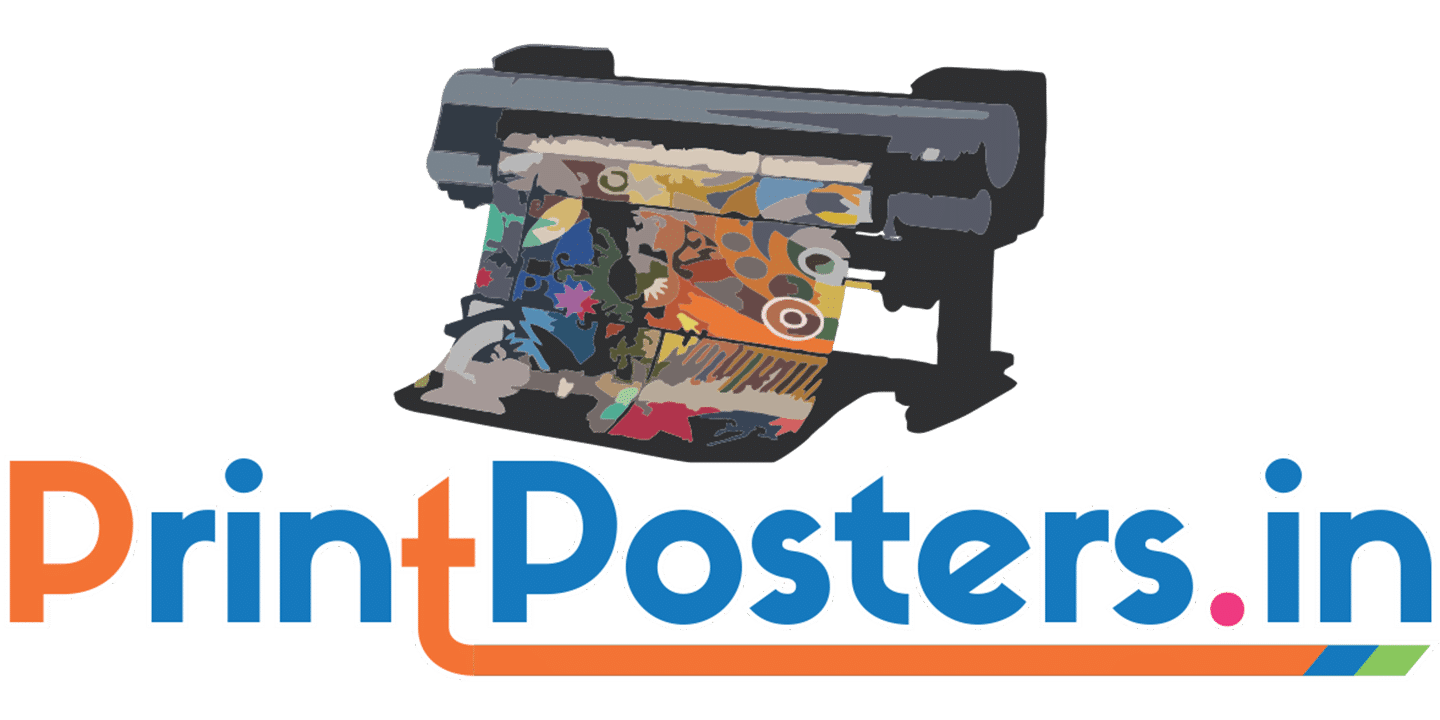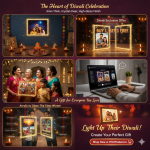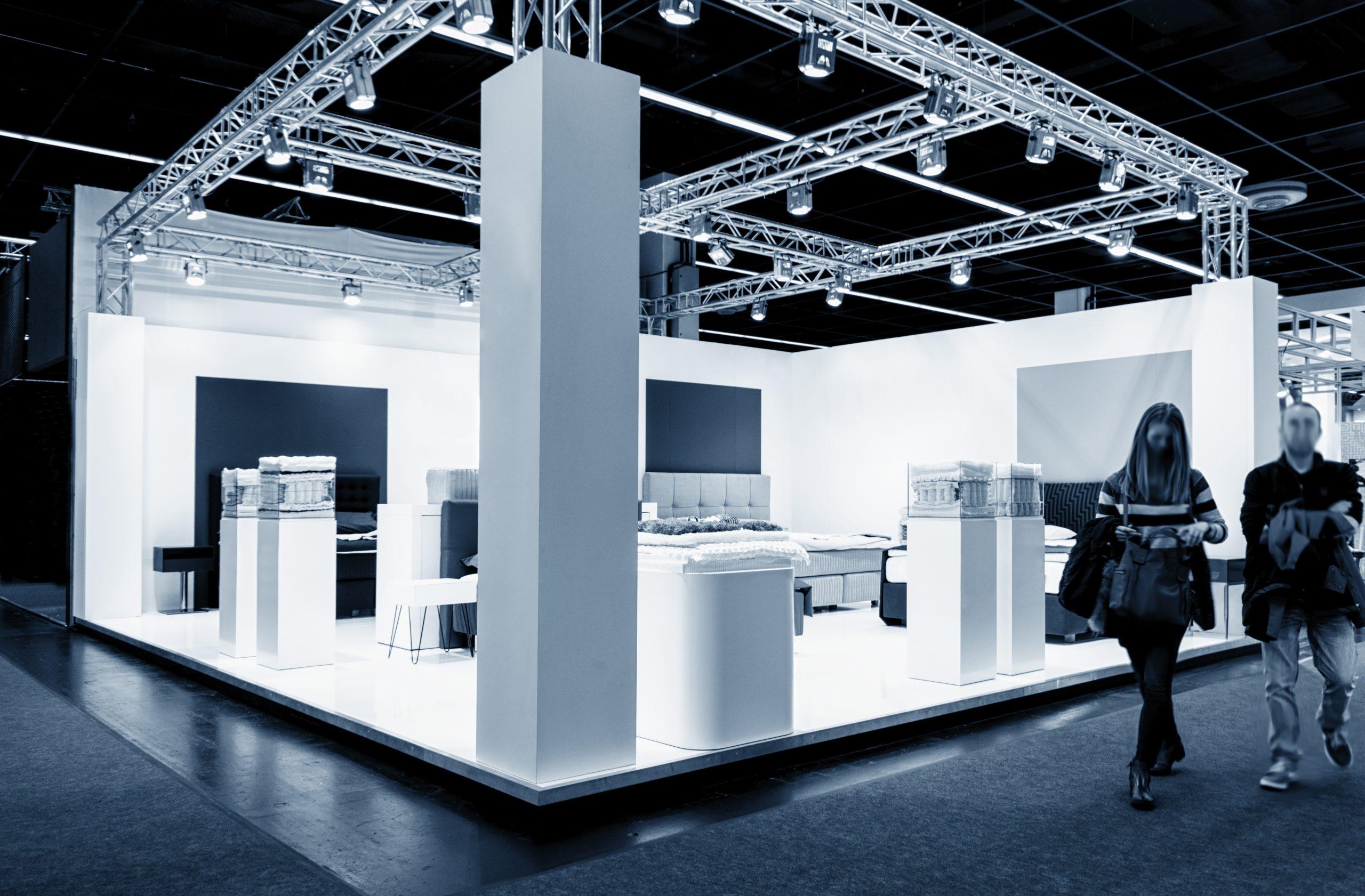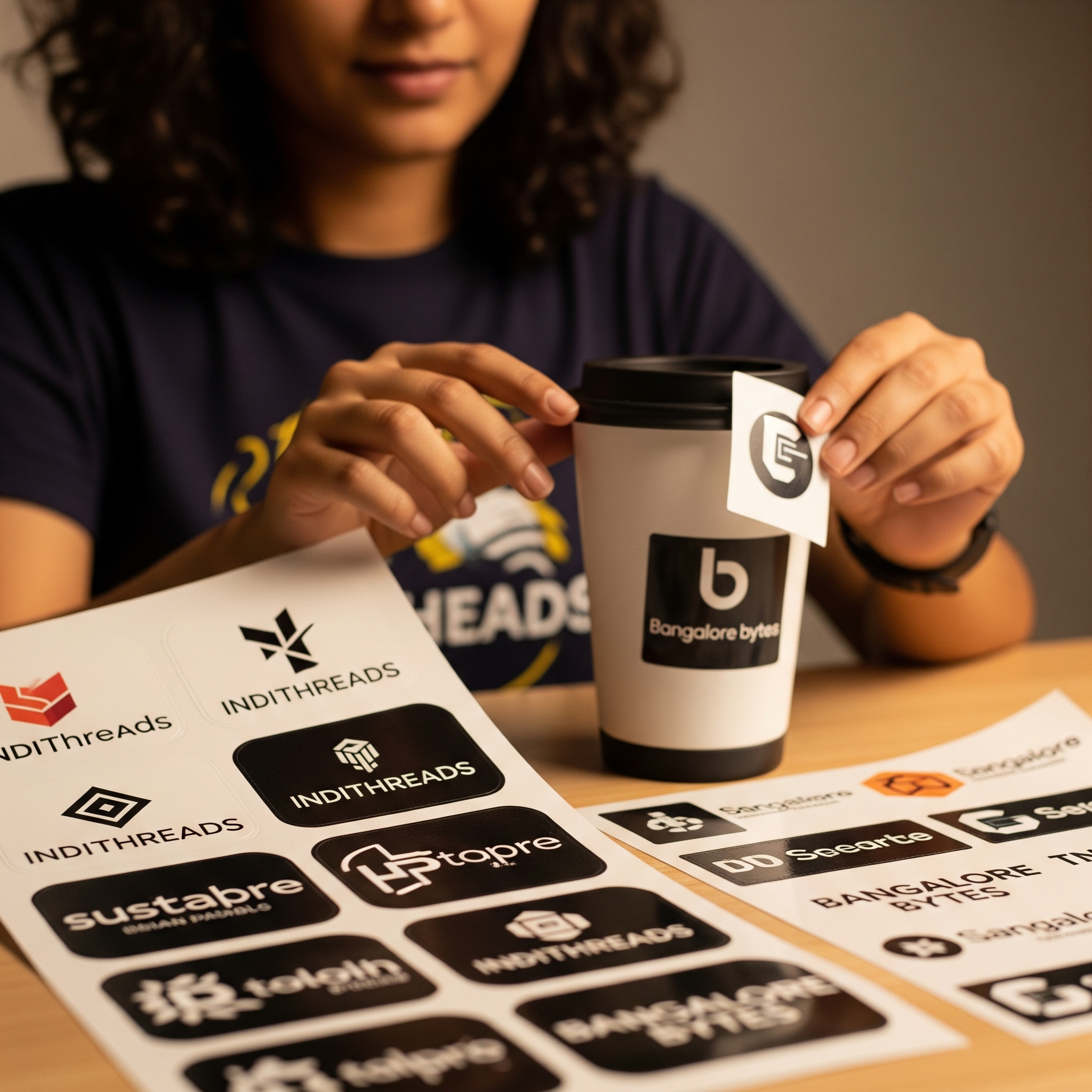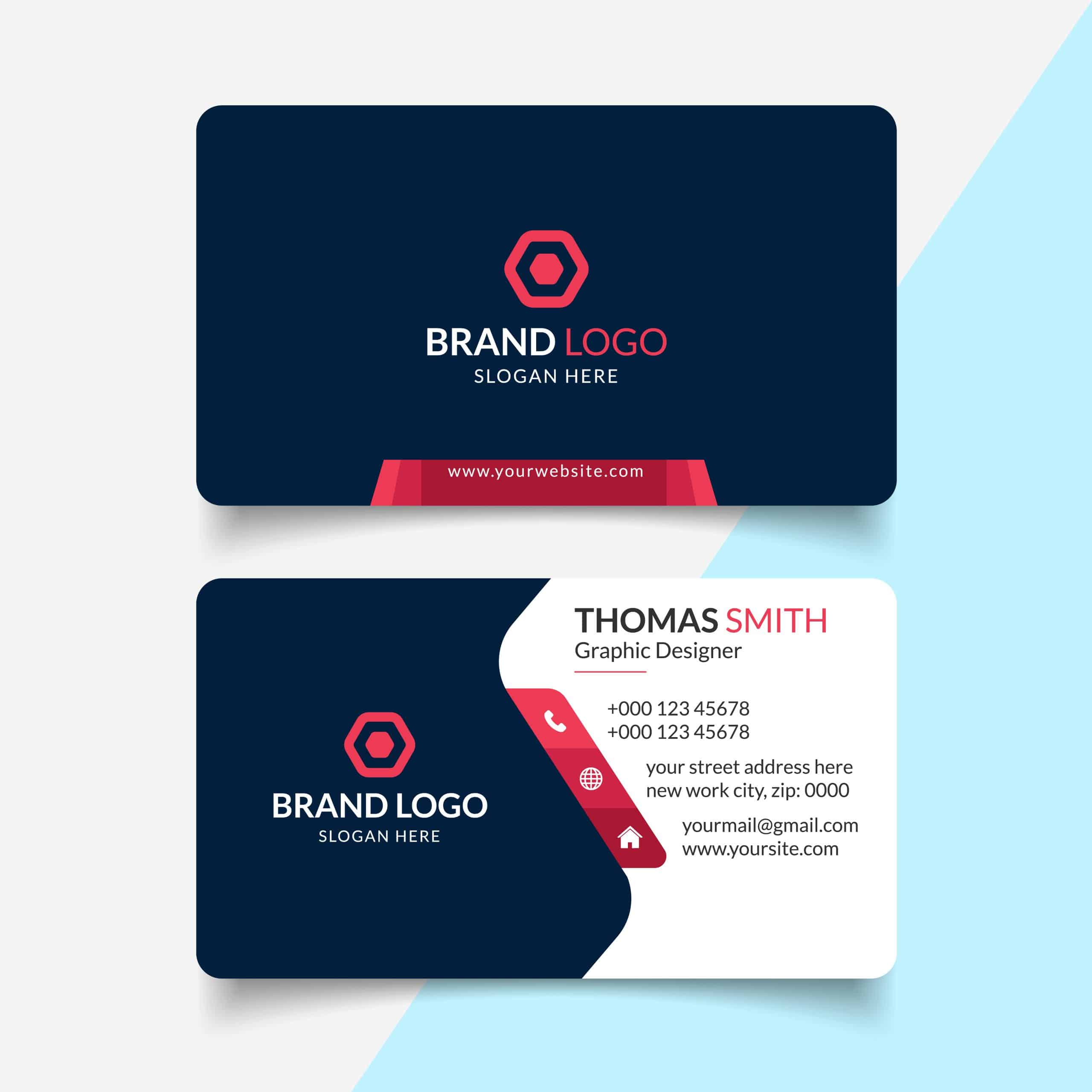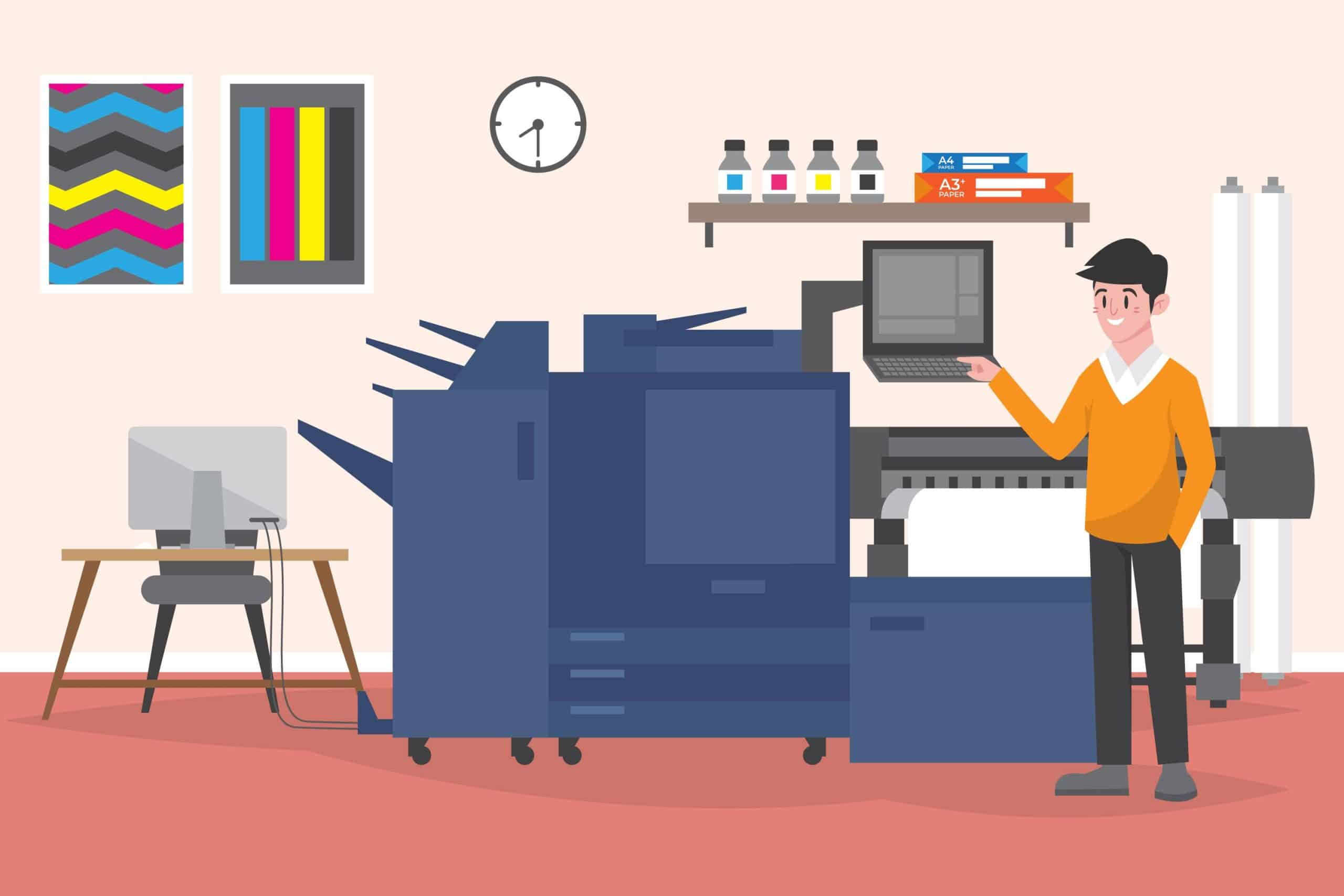At trade shows, companies have the opportunity to showcase their goods and services to prospective clients as well as potential business partners. Businesses can stand out from the crowd and leave a lasting impression by employing effective marketing strategies both before and during the event. When getting ready for a trade show or exhibition, the following are some of the most important steps to take in terms of marketing:
Establish crystal clear goals It is essential to establish crystal clear goals and objectives for the exhibition before the event. This will assist you in planning your marketing and ensuring that you are reaching the appropriate individuals. Obtaining leads, enhancing one’s brand recognition, and establishing connections with other companies are all common objectives.
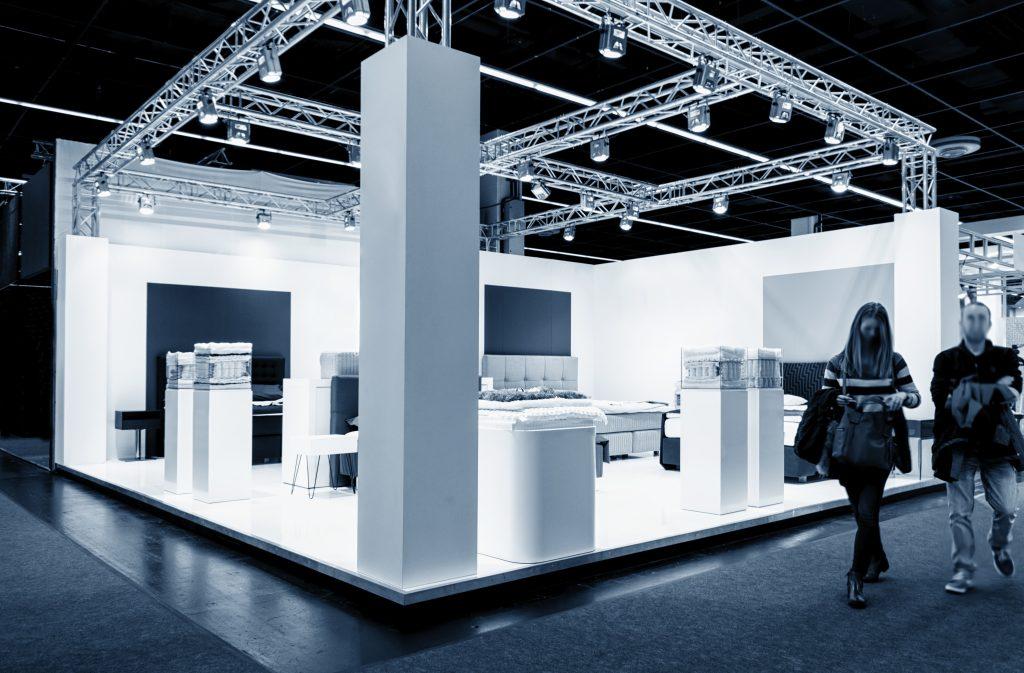
Create a marketing plan It is important to create a marketing plan that is both comprehensive and detailed. This plan should outline the strategies and tactics that will be used before, during, and after the exhibition. Campaigns on social media platforms, email marketing, advertising, and public relations are all potential examples of this. It is essential to devise a strategy that is adapted to your unique objectives and the demographics of your intended audience.
Develop a captivating layout for your booth. The aesthetic appeal of your booth is one of the most important factors in determining whether or not people will stop by and take an interest in the goods or services you have to offer. Your company’s message and brand should be presented in a way that is understandable and unmistakable at the booth. This may involve the utilisation of graphics, interactive displays, and/or signposting.
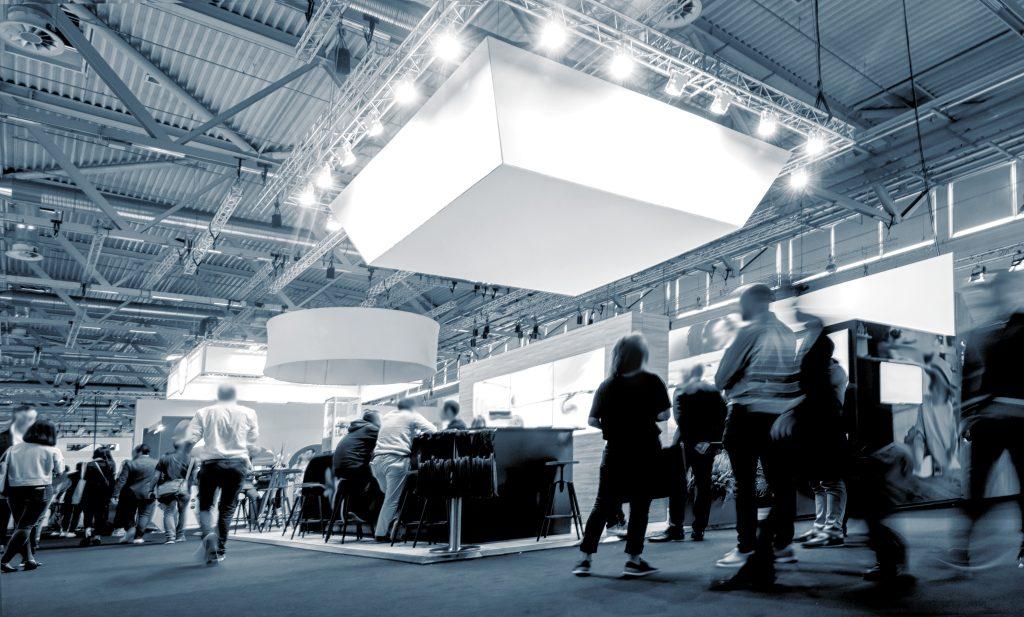
It would be helpful if you ran promotions and gave away free stuff. This is an excellent strategy for getting people to visit your booth and become interested in the goods or services you have to offer. This might come in the form of free samples, demonstrations, or discounts on items that are purchased at the exhibition.
Interacting with attendees is an essential component of successful marketing at an exhibition. Visitors should be encouraged to ask questions and provide feedback.
This may include giving demonstrations of the product, responding to questions, or offering personalised consultations. It is essential to make yourself approachable and friendly, and to place a strong emphasis on developing relationships with prospective clients.
After the exhibition, it is essential to follow up with potential leads and contacts that were made during the event. This should be done as soon as possible after the exhibition has ended. In order to maintain communication and continue to build relationships, this may entail sending follow-up emails, making phone calls, or setting up in-person meetings.
Use social media. When it comes to promoting the event and maintaining connections with attendees before, during, and after the exhibition, one of the most effective tools available is social media. Create a unique hashtag for the event and instruct participants to use it whenever they share photos or updates via a social networking platform. Make use of social media to attract people to your booth by spreading the word about your booth’s location, promotions, and giveaways, as well as to encourage people to visit your booth.
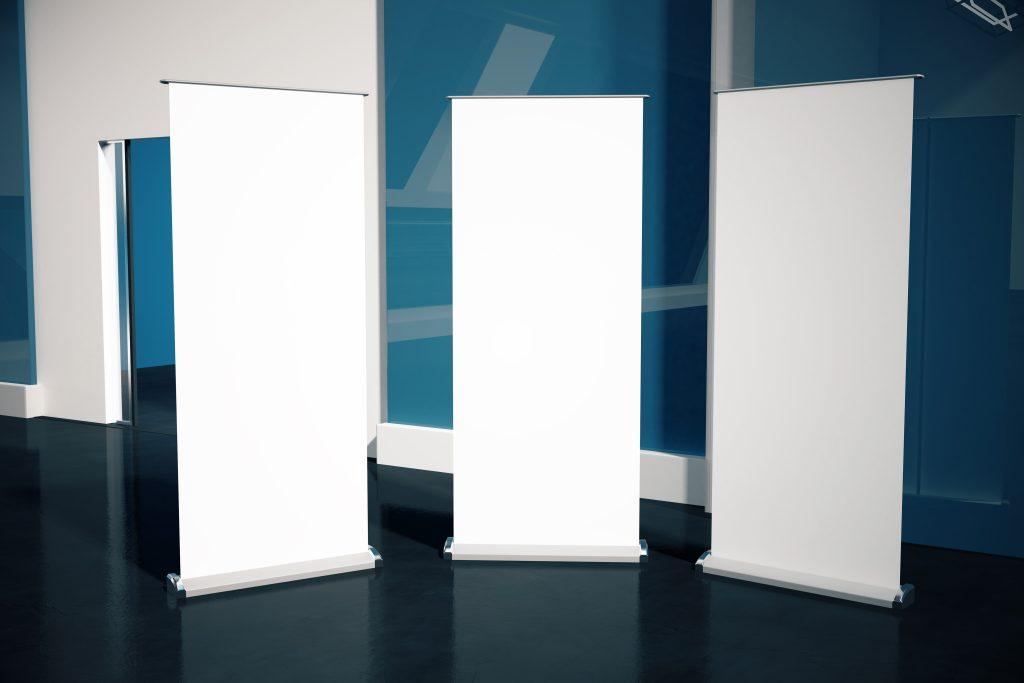
Advertise in publications targeted to your industry Running ads in publications targeted to your industry or on websites geared towards your industry is a great way to reach a specific audience that is interested in your products or services. Before the event, you might want to consider placing advertisements in relevant magazines or on relevant websites in order to pique people’s interest and entice them to visit your booth.
Collaborate with other exhibitors Working together with other exhibitors can be an excellent way to increase the number of people who stop by your booth and broaden their exposure to your brand. Consider collaborating with other companies that provide services that are analogous to your own in order to jointly run a promotion or a giveaway, or to jointly organise a presentation or demonstration.
When determining how successful the event was, it is essential to collect data and measure the results of your marketing efforts. This will allow you to get a better idea of how well the event went.
Find out how engaged your attendees are and how well your marketing campaigns are doing by utilising tools such as lead capture forms, surveys, and website analytics.
Make use of this information to guide the development of future marketing plans and to make your efforts to market your exhibition more productive.
Printing materials are an essential part of exhibitions because they enable companies to present their brand and messaging in a way that is visually compelling. When getting ready for a trade show, there are a few key printing materials that companies may want to take into consideration:
Cards of introduction: In any exhibition, it is essential to have cards of introduction. They provide a speedy and uncomplicated method for exchanging contact information with prospective clients and business partners. Make sure that your business cards have a professional design and that they feature your company logo, contact information, and a succinct summary of the products or services that you offer.
Flyers and brochures Flyers and brochures are great ways to provide additional information about your products or services, and they are also relatively inexpensive marketing tools. When potential customers or business partners stop by your booth, you can hand these out to them as a gift. You should make sure that your flyers and brochures have a good design and that they provide information that is both clear and concise about your company and what it has to offer.
Banners and posters Displaying banners and posters at exhibitions is an excellent way to make a significant impression. You can make use of them to display your company’s brand as well as your message in a way that is appealing to the eye. You might want to use large banners or posters as a backdrop for your booth or to draw attention to particular goods or services at the trade show.
Graphics and signage for the booth: graphics and signage for the booth are necessary components of any exhibition. They can be utilised to display your brand’s messaging in a way that is both crystal clear and succinct. Make sure the graphics and signage for your booth are professionally designed and easy to read from a distance.
Give-aways and other promotional items: Giving away freebies and other promotional items is an excellent way to entice people to stop by your booth and spark their interest in the goods or services you have to offer. When planning what to give away to guests, you might think about using branded items such as pens, notepads, or tote bags.
At the exhibition, having your team wear branded merchandise such as t-shirts and hats can help create a unified and professional appearance for the group. Think about showcasing your brand through branded apparel and setting your team apart from the competition at the same time.
Businesses are able to create a memorable and impactful presence at exhibitions, contribute to the building of brand awareness, and generate new leads and business opportunities when they make effective use of the printing materials available to them.
